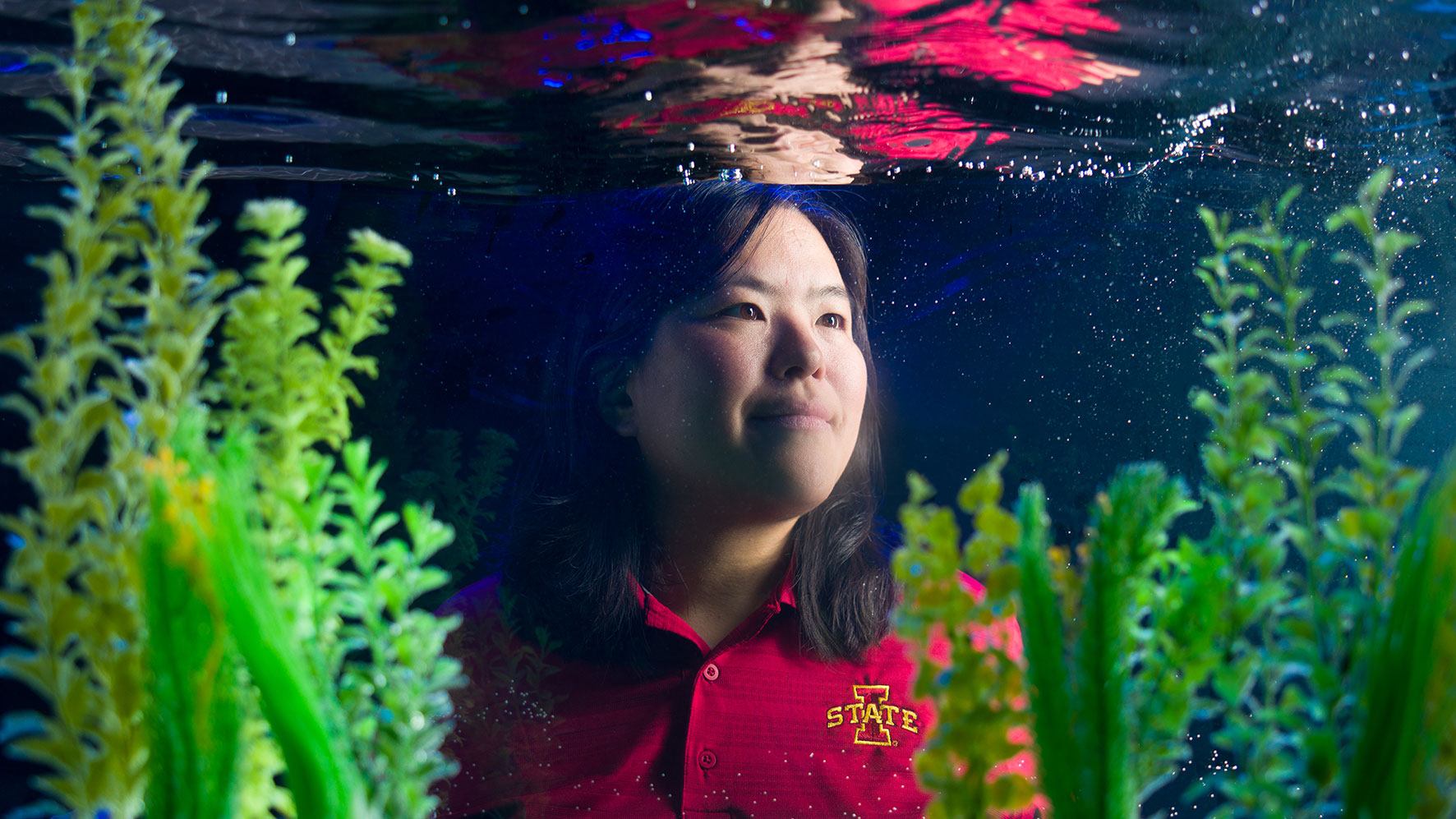Environmental Engineering: Newest major is off to a strong start
Author: Cyclone Engineering
Author: Cyclone Engineering
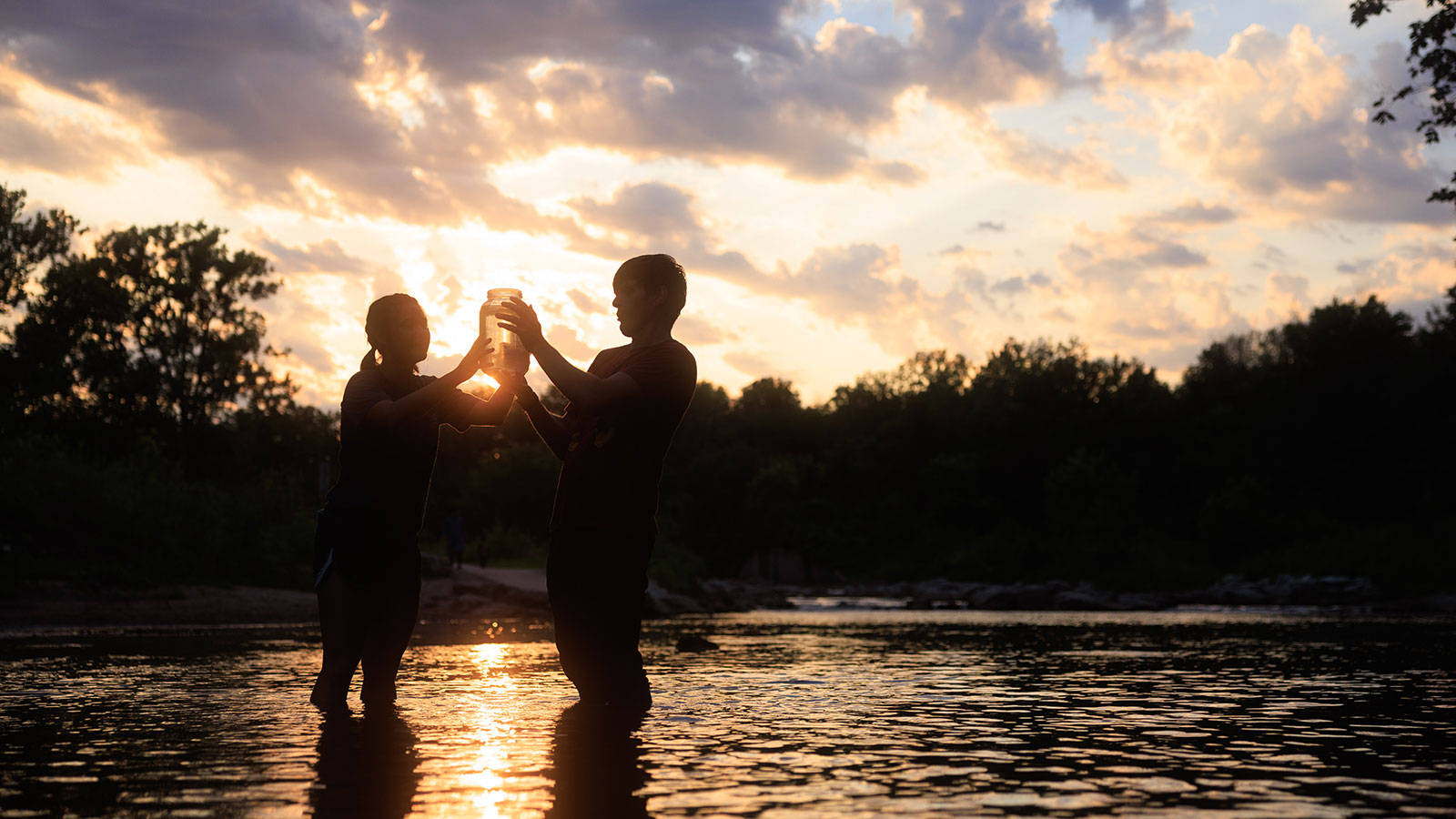
Photos by Ryan Riley, College of Engineering

“As a student water operator, I put my classroom engineering skills to practice, with responsibility for maintaining the public water supply from start to finish. It is incredibly rewarding to be part of providing a necessity to the Ames community while I’m still a student, especially in a role with a direct connection to quality of life and health outcomes.”
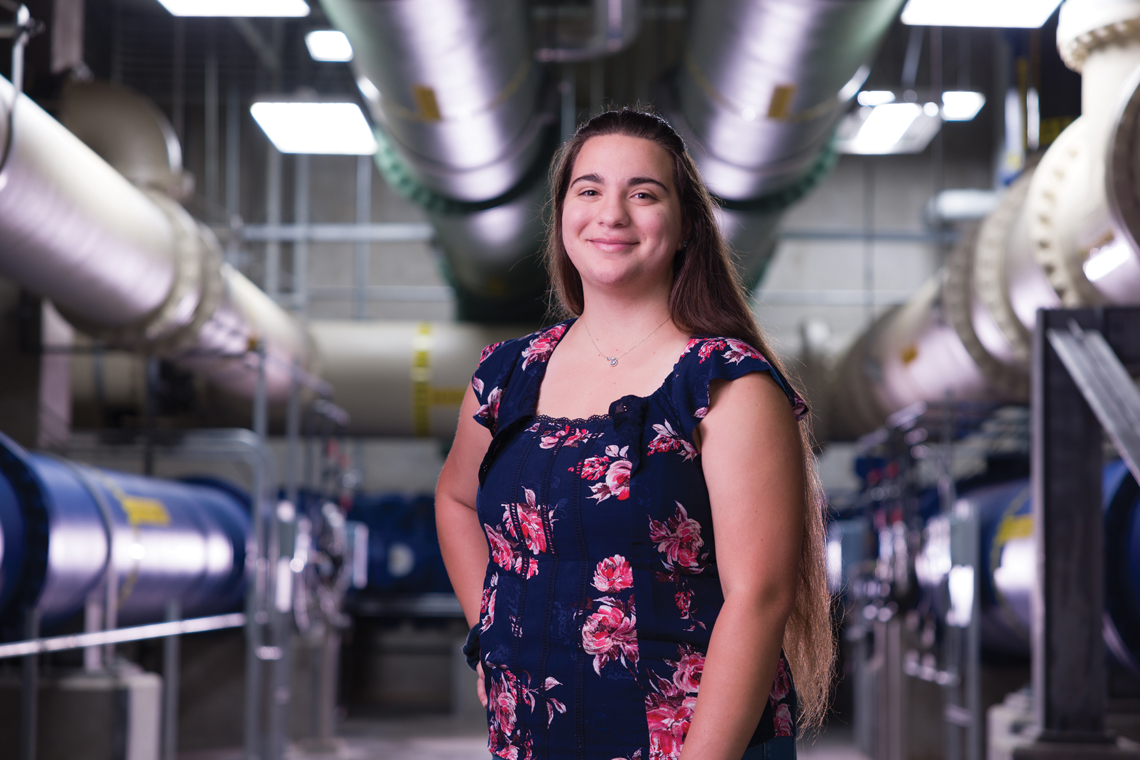
Iowa State environmental engineers are working on projects with wide-reaching impact, developing new data-driven approaches to ensure all people have access to clean water, resilient infrastructure, and livable environments.
Here are a few areas where Cyclone Engineering faculty are making innovations:
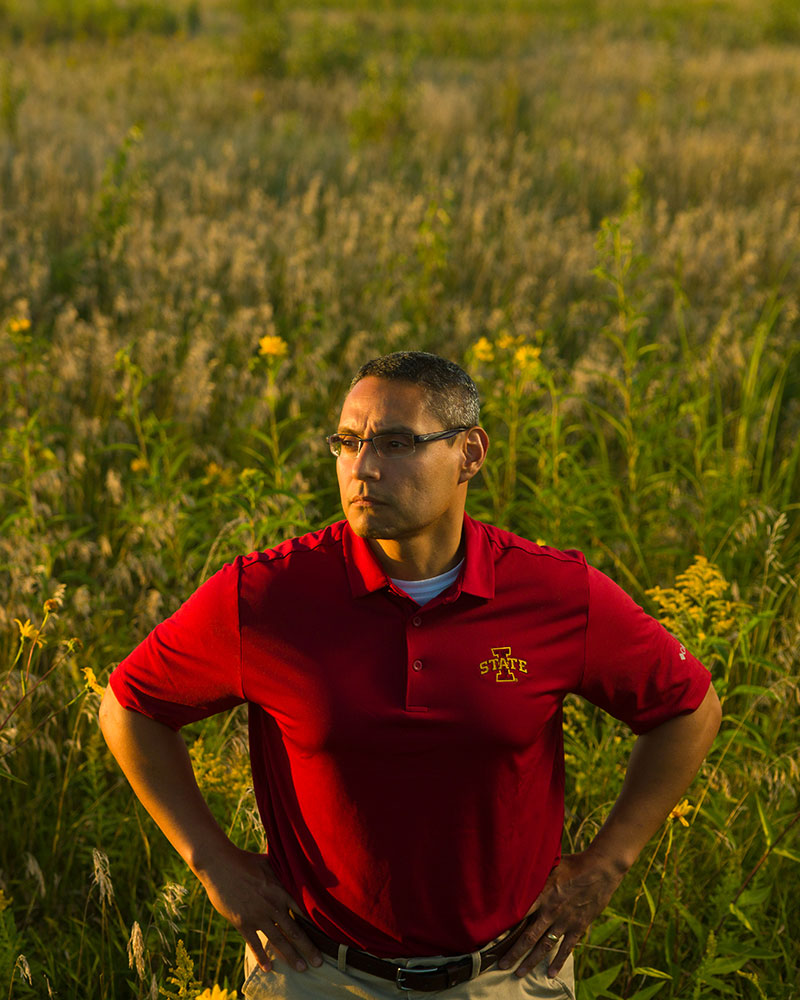

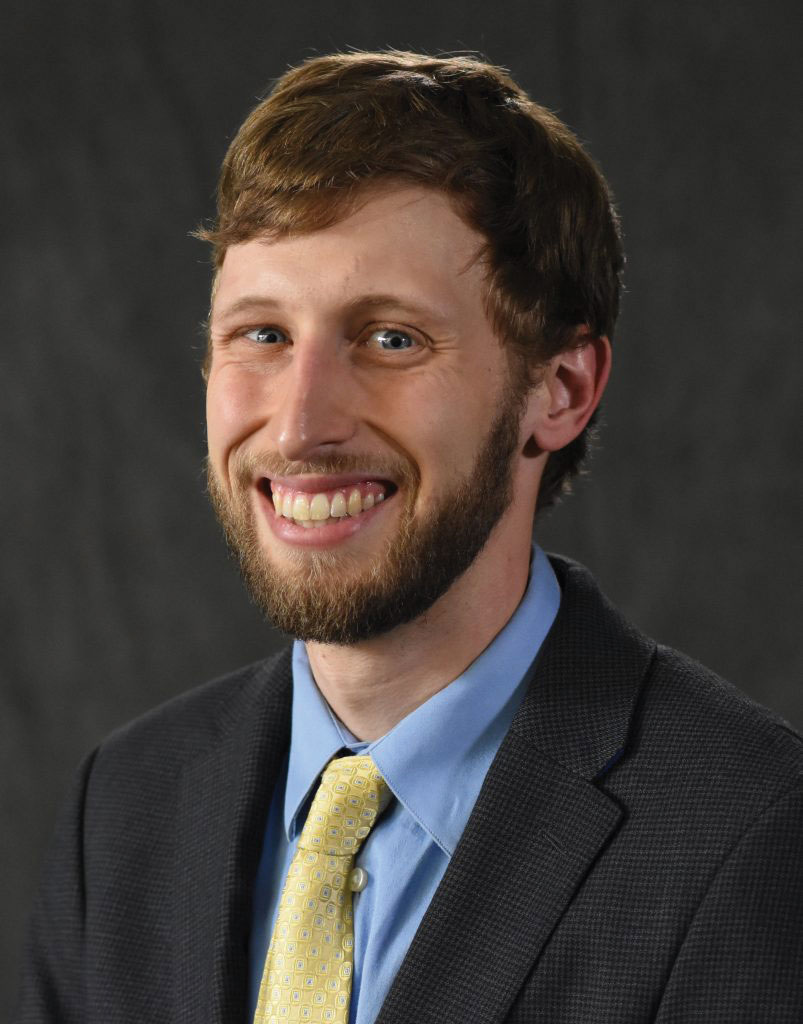
Joe Charbonnet is creating a clearer way for scientists and engineers around the world to communicate the characteristics of toxic per- and polyfluoroalkyl substances (PFAS), known as “forever chemicals.” A common framework is key to identifying new varieties of PFAS.
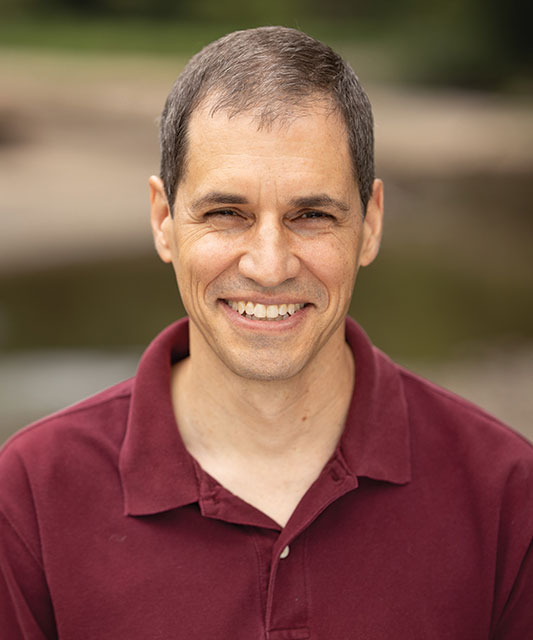
Chris Rehmann leads a team studying where pathogens are most likely to stick around after floodwaters rise and recede. Modeling data about contamination pathways will point to more equitable and resilient approaches to flood mitigation.
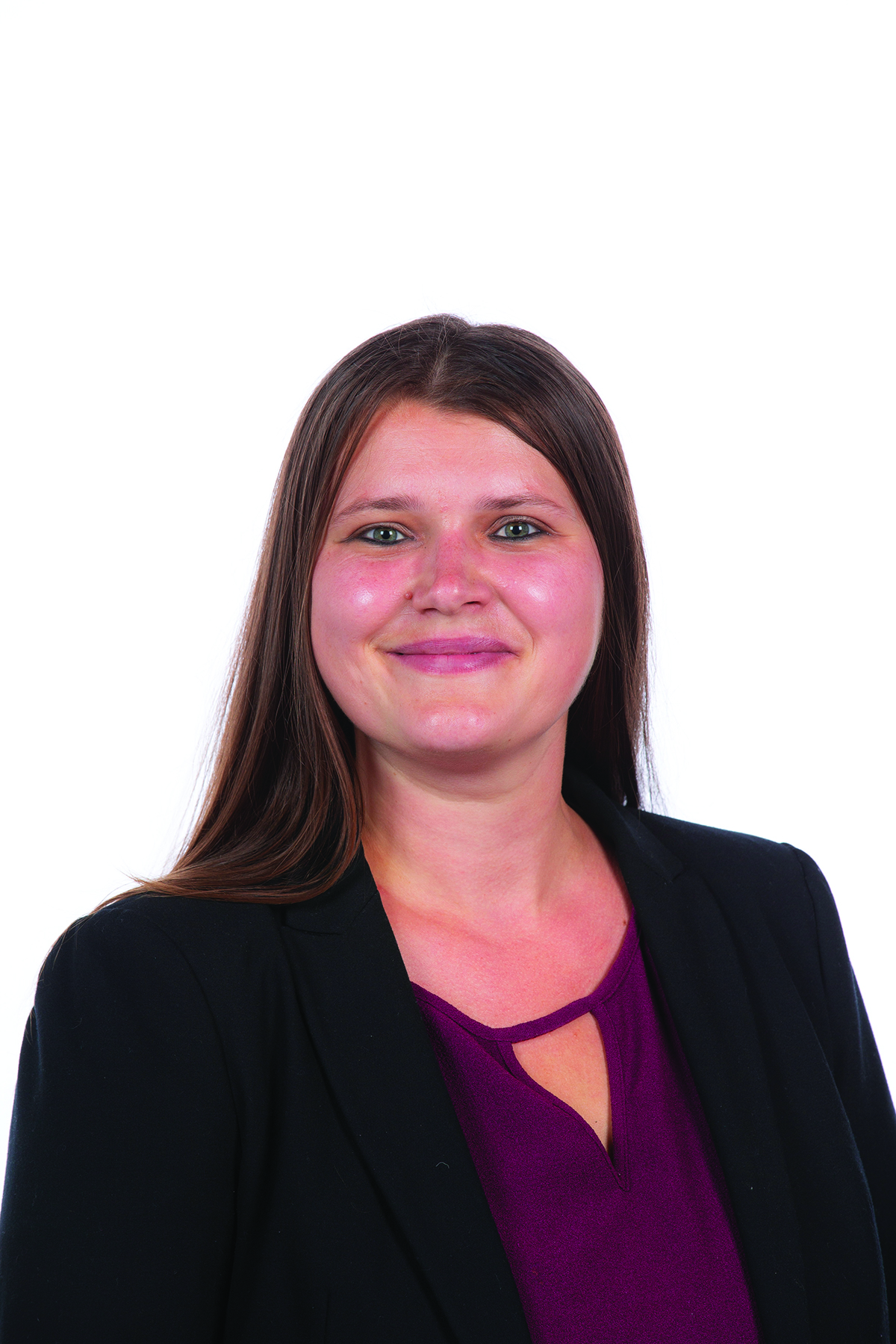
Cristina Poleacovschi leads a project to explore connections between climate change, water quality and health outcomes in Alaska Native communities. The team is partnering with communities on water system monitoring and sampling to create quantitative tools that can be used for infrastructure advocacy.
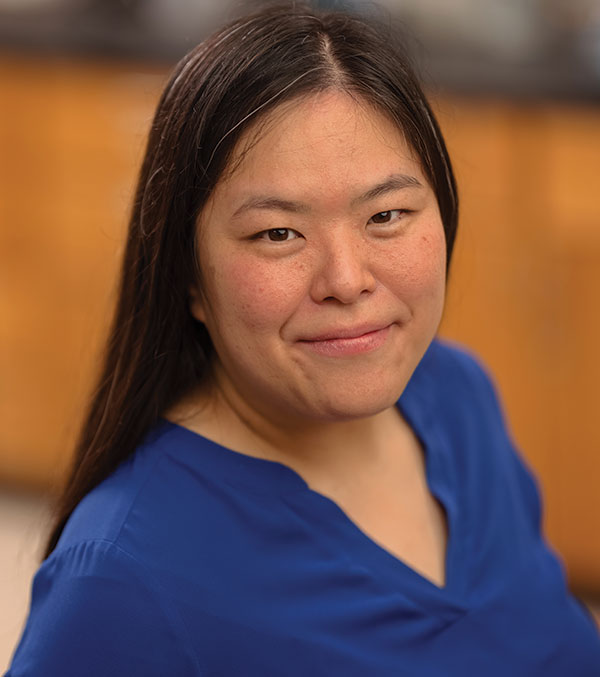
Kaoru Ikuma is working with the Loíza community in Puerto Rico to study how elevated exposure risks to wastewater contaminants after flooding impacts older adults. Her team is modeling contaminant transport, interviewing older residents to learn about their trust in drinking water sources – and combining what they learn into risk-reduction interventions.
